Seniors: How Making Connections Improves Your Social Life, and Your Health
We’ve often heard about the benefits of having an active social life, especially as we age. A recent study cited in the American Journal of Geriatric Psychiatry indicates there may be more truth to that than previously understood. According to the study, older adults who experience more positive social interactions each day report feeling a higher sense of purposefulness. It states, “by enhancing sense of purpose, older adults will be more likely to experience the valuable cognitive and physical healthy aging benefits that come with it.”
This result appears to be true for both working and retired adults, though researchers note that the findings are especially important post-retirement.
For the study, researchers from Washington University in St. Louis surveyed 100 adults in Switzerland with an average age of 71. The study asked participants to rank their daily social interactions and share how much purpose they felt their lives had that day, their relationship status and employment.
It’s no surprise that researchers found that an individual’s sense of purpose was strongly impacted by social interaction. Other studies reveal that those with a higher sense of purpose lead longer, happier lives, have lower rates of Alzheimer’s disease and other cardiovascular problems.
On the flip side, the University of California, San Francisco found that more than 40% of older adults regularly experience loneliness, which is often a major predictor of future health problems and even a shortened life span.
Simple things play a big part in how seniors feel about themselves and experience fulfillment including friendly socialization with others, learning the basics of social media, having daily routines, enjoying cultural experiences, having access to safe transportation and more.
When older adults surround themselves with people who lift them up, it infuses their lives with positivity. Regular interactions with others have an impact on our well-being as we get older. In the same vein, if seniors feel isolated or are around others who are negative, that can have a profound effect on health and quality of life as well.
Emotional connections and close relationships are critical to a person’s good health at every age. One of the many benefits of living in an active senior community is the built-in social life. The best senior living communities will usually offer a full calendar of social and intellectual events for its residents.
With over 250 classes, gatherings and events each month, John Knox Village of Florida provides its residents with an abundance of opportunities to live fully enriched lives. JKV residents enjoy social, emotional and physical benefits of being part of a community and making deep connections.
To learn more about what it’s like to live at JVK, contact us for a no-pressure conversation or to schedule a tour.





